Types of Compensation: Everything HR Needs to Know
HR Lineup
FEBRUARY 1, 2024
In the dynamic landscape of human resources, managing compensation is a crucial aspect that directly impacts an organization’s ability to attract, retain, and motivate employees. Compensation goes beyond just the salary paid to employees and includes various elements designed to reward and recognize their contributions.





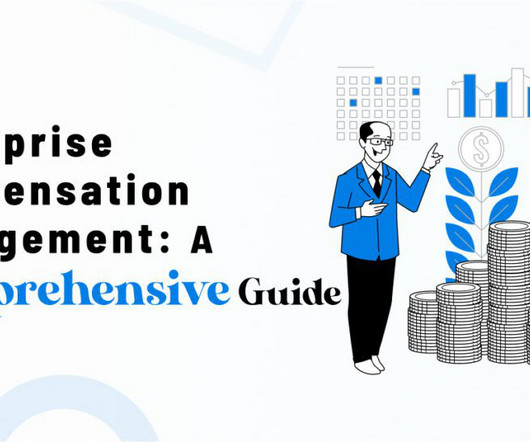

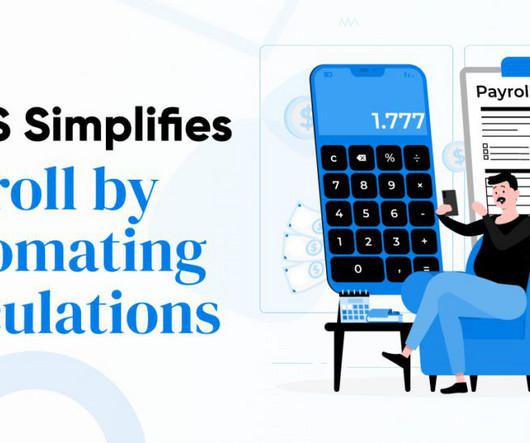
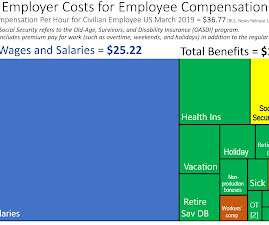
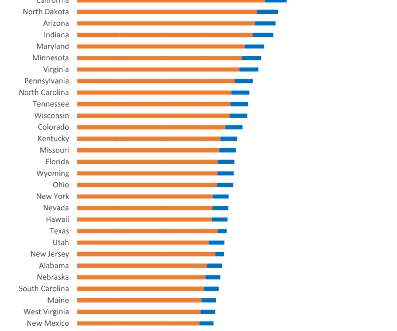



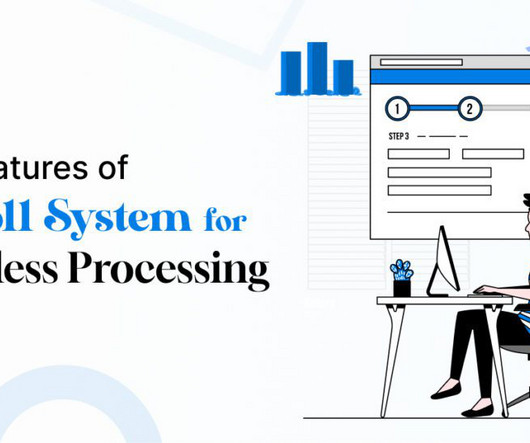






Let's personalize your content